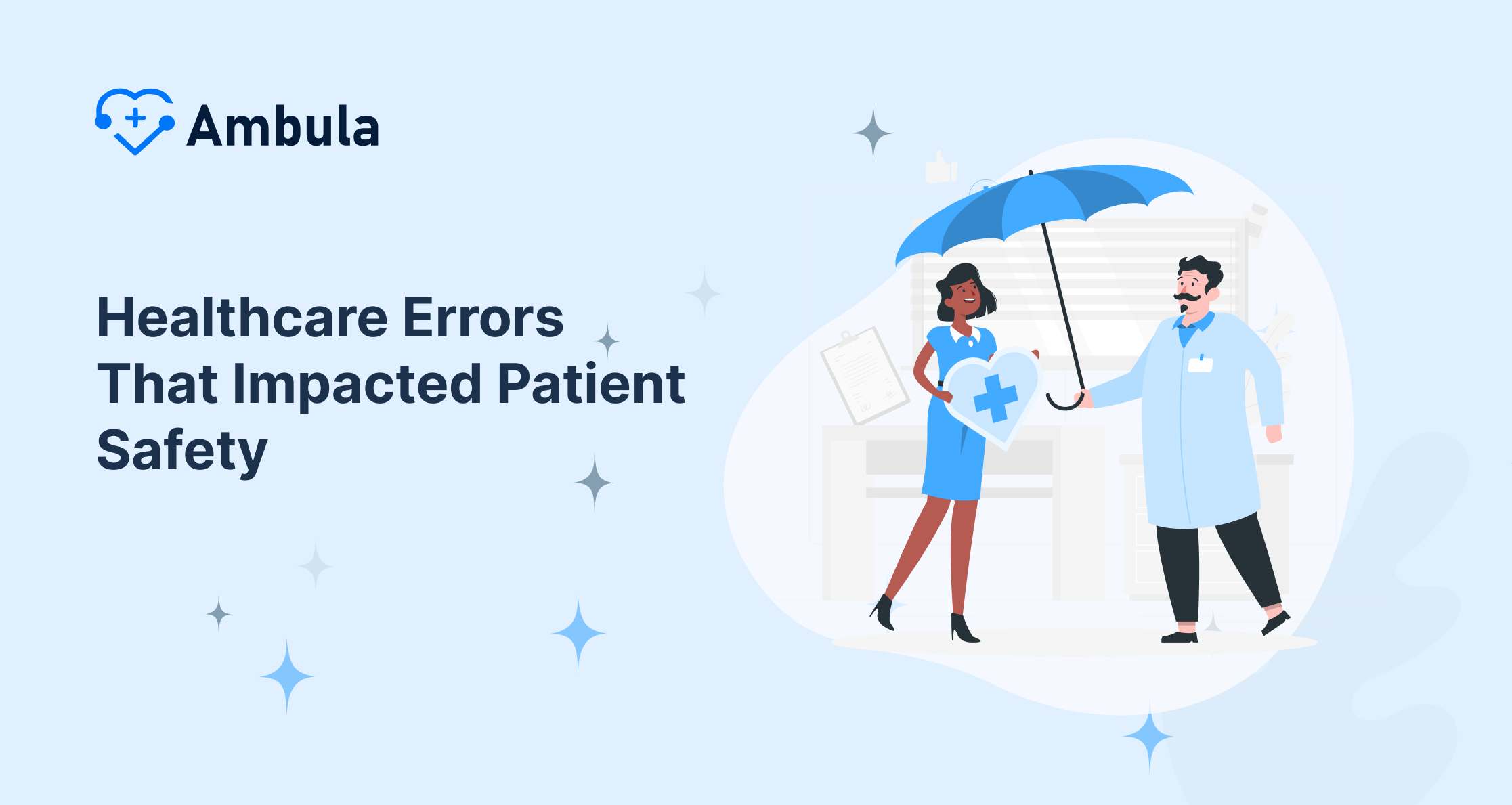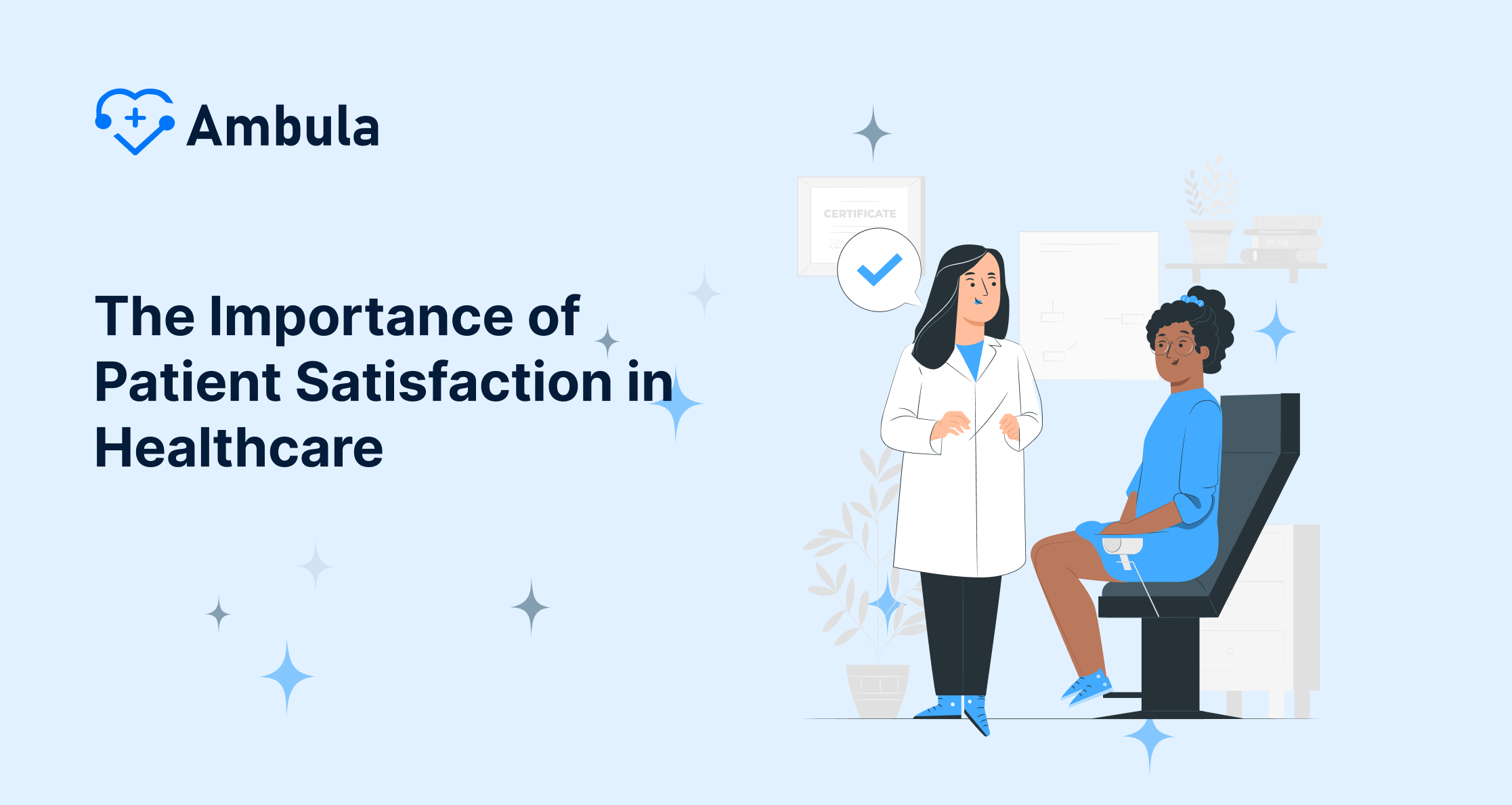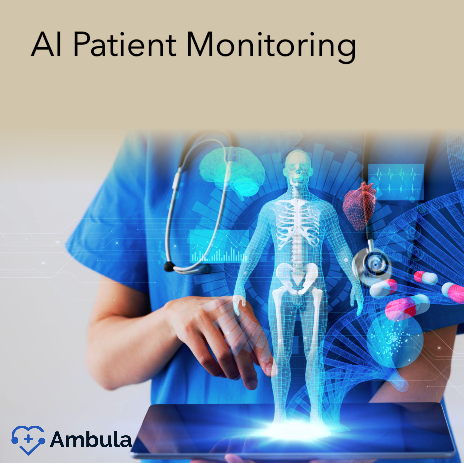Artificial intelligence (AI) is ushering in a new era of medical diagnosis, not by replacing doctors but by empowering them with powerful analytical tools. Imagine a tireless assistant who can sift through mountains of medical data, from intricate scans to complex patient records, identifying patterns and potential risks that might escape even the most seasoned doctor’s eye. This is the essence of AI in healthcare: leveraging machine learning algorithms to analyze vast datasets, uncover hidden insights, and, ultimately, aid in earlier and more accurate diagnoses.
AI in Medical Imaging
Imagine a doctor staring intently at an X-ray, searching for the faintest flicker of a tumor, the subtle shift in bone density signaling a fracture. This meticulous process, though essential, can be time-consuming and susceptible to human error. But what if there was a tireless assistant, analyzing millions of images in seconds, identifying patterns and abnormalities with superhuman precision? This is the power of AI in medical imaging, one of the key areas where AI is used in healthcare.
AI algorithms don’t simply view images; they delve into them, dissecting each pixel to extract vital features. Shapes, textures, densities – every detail becomes a clue. Armed with this vast repertoire learned from countless labeled images, the AI compares the new image, identifying the closest matches within its memory. It doesn’t make pronouncements but whispers possibilities, highlighting suspect areas on a heatmap, presenting a ranked list of potential diagnoses with calculated probabilities, and even offering a textual analysis of its findings.
This is where the magic happens. Doctors, freed from the initial analysis burden, can now focus on what they do best:
- Interpreting the AI’s insights.
- Weaving them into their clinical expertise.
- Arriving at an informed diagnosis.
The speed is undeniable, reducing turnaround times significantly. But more importantly, the objectivity offered by AI helps mitigate human bias and fatigue, potentially leading to more consistent and accurate interpretations. It’s like having an extra set of eyes that can see beyond the limitations of the human gaze, spotting subtle anomalies that might have otherwise gone unnoticed. This is how AI can help doctors in medical diagnostics.
AI-powered tools used for image analysis
Cancer Detection:
- Mammography: Tools like Viera Breast Health by Siemens Health and iCAD’s SecondLook AI Breast Density Assessment help radiologists analyze mammograms more efficiently and accurately, potentially leading to earlier detection of breast cancer. These are examples of AI in radiology.
- Lung Cancer: AI systems like LungVision by GE Healthcare and Kheiron Medical’s Chest AI Platform can analyze chest X-rays and CT scans to detect lung nodules, potentially aiding in earlier diagnosis and intervention for lung cancer.
- Melanoma: Tools like SkinVision and DermNet-ID use AI to analyze skin lesions from images, assisting dermatologists in identifying potential melanomas.
Other Medical Applications:
- Bone Fractures: Zebra Medical Vision’s Vertebral Fracture Assessment uses AI to analyze spine X-rays, automatically detecting fractures and reducing potential missed diagnoses.
- Neurological Disorders: Brain Imaging Analytics platforms like Brainomix and QuantifiCare utilize AI to analyze brain MRIs, aiding in the diagnosis and monitoring of neurological disorders like Alzheimer’s and Parkinson’s disease.
- Diabetic Retinopathy: AI-powered systems like IDx-DR and DeepMind Health’s AI for Diabetic Retinopathy Screening can analyze retinal images to detect diabetic retinopathy, a leading cause of blindness in diabetics.
It’s important to note that these are just a few examples, and AI-powered medical image analysis is constantly evolving. The specific tools and their applications vary depending on the type of image, the condition being analyzed, and the stage of development. These AI diagnostic tools are at the forefront of how AI is used in healthcare.
AI for Data Analysis
Vast ocean of information, swirling with electronic health records, lab results, and research papers – an ocean too vast for any human mind to navigate. This is the data landscape that AI dives into, its algorithms designed to swim effortlessly through this sea, analyzing, extracting, and making sense of it all.
But how does it work? First, the data gets ingested and transformed into a format the AI can understand. Think of it like learning a new language, where medical terms become vocabulary and trends in lab values turn into grammatical structures. Then comes feature engineering, like dissecting each sentence to identify key elements – diagnoses, medications, and relationships between them.
With this newfound understanding, the AI begins its true mission: pattern recognition. It scans the data like a seasoned astronomer, searching for constellations in the chaos, uncovering subtle correlations and trends that might elude even the most experienced doctor. Is there a hidden link between certain medications and future health risks? Does a patient’s medical history whisper clues about potential complications? The tireless and objective AI sifts through it all, uncovering hidden connections that could revolutionize healthcare. This is the power of AI in healthcare diagnostics.
AI-powered tools that analyze patient data for various purposes
Predicting Disease Risk:
- Heart Disease: DeepMind’s AlphaFold AI accurately predicted the 3D structure of proteins linked to heart disease, potentially aiding in developing new drugs and personalized treatment plans.
- Cancer: Paige.AI’s platform uses AI to analyze digital pathology slides, aiding pathologists in cancer diagnosis and predicting the risk of recurrence. This is an example of AI in pathology.
- Sepsis: Babylon’s AI platform analyzes patient data in real-time to identify early signs of sepsis, a potentially life-threatening condition, allowing for faster intervention.
Personalizing Treatment:
- Medication Dosing: EnvisionRx’s AI platform analyzes genetic and clinical data to recommend personalized medication dosages, reducing the risk of adverse reactions and improving treatment efficacy.
- Mental Health: Woebot, an AI chatbot using CBT techniques, offers personalized support and resources for users experiencing anxiety or depression. This is an example of a chatbot for medical diagnosis.
- Diabetes Management: Glytec’s AI system analyzes blood sugar data in real time and suggests insulin adjustments, allowing for better control and improved outcomes for diabetic patients.
Optimizing Healthcare Processes:
- Clinical Trial Recruitment: IBM Watson Health’s Clinical Trial Matching service uses AI to identify patients eligible for specific clinical trials, accelerating research and drug development.
- Hospital Readmission: Viz.ai’s AI platform analyzes medical images to identify patients at high risk of readmission, allowing hospitals to allocate resources more effectively and reduce readmission rates.
- Fraud Detection: Change Healthcare’s AI system analyzes claims data to detect potential fraud, protecting healthcare systems from financial losses.
These are just a few examples, and the landscape of AI-powered healthcare tools constantly evolves. It’s important to remember that AI is not a replacement for human expertise but a powerful tool that can augment healthcare professionals’ decisions and improve patient outcomes. This is how AI and doctors can work together for better medical diagnosis.
The Future of AI in Diagnostics
The future of medical diagnosis with AI is not just a linear progression; it’s a quantum leap into a world of deeper patient insights, real-time health monitoring, and even AI-driven surgery. Imagine doctors armed not just with medical records but with a complete picture of an individual’s health – their genes, their microbiome, and even real-time data from wearable sensors. This holistic approach, made possible by AI, could predict health risks with unprecedented accuracy, allowing for preventative measures before symptoms even appear.
The future of AI in healthcare is bright, filled with the promise of personalized medicine, faster diagnoses, and even life-saving interventions. But with this immense power comes immense responsibility. As AI delves deeper into our health data, ethical considerations and regulations must keep pace to ensure this technology serves humanity, not exploits it.
Dr. Sarah Hellewell, a Research Fellow at the Faculty of Health Sciences, says :
“AI can diagnose depression better than a doctor and tell you which treatment is best. AI trains computers to think like humans, with a particular focus on three human-like behaviors: learning, reasoning, and self-correction (to fine-tune and improve performance over time). One branch of AI is machine learning, the goal of which is to train computers to learn, find patterns in data and make data-informed predictions without guidance from humans.”(theconversation.com)
Data privacy
Data privacy and security are paramount. Imagine AI analyzing not just medical records but our genes, our microbiome, and even real-time data from wearables. How much access should AI have? Who controls it? How do we anonymize data effectively while still allowing for comprehensive analysis? Robust cybersecurity measures are essential, for a data breach in this realm could have devastating consequences. Patient data privacy is a critical consideration as AI is used more in healthcare.
Then comes the specter of bias. Can we ensure AI algorithms are free from prejudices based on race, ethnicity, or socioeconomic factors, leading to unfair diagnoses or treatments? Transparency and explainability are crucial. We must understand how AI reaches its conclusions, not just blindly accepting them. And regular audits are necessary to detect and address potential biases before they harm patients. Racial bias and gender bias are real concerns when it comes to AI in medical diagnosis.
Accountability is another thorny issue. Who’s responsible when AI makes a mistake? Is it the developers, the doctors, or some undefined entity? Clear legal frameworks are needed to establish responsibility and ensure everyone involved, from developers to healthcare providers, understands the stakes. But even with regulations, how does human oversight coexist with AI-driven decision-making? Can doctors retain ultimate responsibility while incorporating AI insights? These are key questions around AI ethics in healthcare.
Equity
Equity is another concern. We can’t let advancements in AI healthcare exacerbate existing disparities. How do we ensure everyone has access to these potentially life-saving tools regardless of socioeconomic status or location? Bridging the digital divide is crucial, and AI development must be culturally sensitive to avoid perpetuating existing inequalities.
Doctor-AI Collaboration
The future of healthcare isn’t about robots in white coats wielding scalpels guided by algorithms. It’s about humans and AI working together as a powerful team, leveraging their unique strengths to benefit patients.
Imagine a doctor over X-rays, her years of experience honed to a fine edge. But lurking within the shadows of an image might be a subtle anomaly, a whisper of risk that even the most seasoned eye might miss. That’s where AI steps in, not as a replacement but as a keen-eyed assistant. It analyzes vast datasets of medical images, identifying patterns and probabilities at superhuman speed. It flags the anomaly, highlighting it for Dr. Jones’ examination, offering insights and calculations to inform her judgment.
This collaboration is critical. Doctors bring their clinical expertise, intuition, and understanding of the individual patient. AI offers objective analysis, tireless data processing, and the ability to identify hidden patterns. They can reach a diagnosis with greater accuracy, speed, and confidence. This AI-human collaboration is key to improving diagnostic accuracy and reducing diagnostic errors.
Doctors’ expertise is still needed.
Imagine a doctor poring over medical data. But what if a subtle anomaly hides amongst the numbers? This is where AI steps in, not as a rival but as a keen-eyed assistant. It analyzes vast datasets, unearthing patterns at superhuman speed and highlighting anomalies for Dr. Jones’s consideration.
This partnership is key. Doctors bring their clinical expertise, intuition, and understanding of the unique patient. AI offers powerful analysis, tireless data processing, and the ability to uncover hidden patterns. They reach a diagnosis with greater accuracy, speed, and confidence. AI-assisted diagnosis can enhance clinical reasoning and support clinical decision support systems.
However, the collaboration goes beyond diagnosis. AI tackles tedious tasks, freeing Doctors’ time for what matters most: patient interaction, personalized care, and the human touch that technology can never replicate. It analyzes genetic data, suggests personalized treatment options, and even monitors patients remotely, offering real-time insights to doctors. AI can help doctors better understand patient symptoms and provide more personalized care.
AI is a powerful tool, but ultimately, it is a tool. While it excels at crunching numbers, it lacks the nuanced understanding and human judgment Dr. Jones possesses. She interprets AI results through the lens of the patient’s unique medical history, cultural context, and individual values. She can see beyond the data, understanding the human story behind the numbers. This is why AI-human collaboration, not replacement, is the future of medical diagnosis.
Patient Perspective
As AI relies heavily on patient data, concerns about misuse and breaches are paramount. Robust safeguards and responsible data governance are essential to assuage these anxieties. Additionally, patients worry about potential biases within AI algorithms leading to unfair diagnoses or treatments based on factors like race, ethnicity, or socioeconomic status. Mitigating bias and ensuring algorithm fairness is crucial to upholding ethical AI development.
The specter of overreliance on technology also arises. Some patients hesitate at the thought of AI replacing human doctors’ invaluable clinical judgment and experience. Maintaining human oversight and expertise remains key, with AI acting as a complementary tool, not a substitute. Finally, ensuring equitable access to AI-powered healthcare is crucial. Concerns exist that it could exacerbate existing disparities, leaving certain populations behind. Inclusive development and accessibility are essential to bridge these gaps.
Privacy concern
The rise of AI in healthcare has ignited a spark of curiosity and concern among patients. While many see it as a beacon of hope for faster, more accurate diagnoses and personalized treatments, others harbor anxieties about its potential impact. This complex landscape of patient perceptions deserves careful exploration.
On the hopeful side, patients envision AI as a game-changer. The prospect of AI analyzing vast datasets to unearth hidden patterns holds immense promise for early disease detection and tailored interventions, leading to better health outcomes. Faster diagnoses and optimized treatment plans could streamline healthcare, reducing costs and hospital stays for everyone. Additionally, AI-powered tools like patient portals and symptom checkers could empower patients to actively manage their health and access valuable information.
Final analysis
Considering all of the facts, the promise of AI in medical diagnosis shines bright: earlier, more accurate diagnoses, personalized treatment plans tailored to individual needs, and even streamlined healthcare processes. Yet, this exciting path is not without its hurdles.
On one hand, AI’s ability to analyze vast datasets offers the potential for uncovering hidden patterns and catching diseases earlier, leading to better outcomes. Imagine personalized medicine, where treatment plans consider your unique genetic makeup and medical history, maximizing their effectiveness. AI could even automate tedious tasks, freeing up doctors’ time for what matters most: patient interaction and personalized care. Empowering patients with AI-powered tools like symptom checkers could also democratize access to healthcare information.
But with great power comes great responsibility. Safeguarding sensitive patient data requires robust security and clear data governance. We must also address the specter of bias creeping into algorithms, ensuring fair diagnoses and treatment recommendations regardless of race, ethnicity, or socioeconomic background. Overreliance on technology is another concern; AI should complement, not replace, human expertise and judgment. Patients deserve transparency and clear explanations of how AI contributes to their diagnosis, fostering trust and informed decision-making. Finally, equitable access to AI-powered healthcare is crucial to avoid widening existing disparities.
Considering all this, the journey with AI in medical diagnosis is a delicate balancing act. Careful consideration of ethical principles, responsible development, and unwavering commitment to human collaboration are essential to unlock its potential for a future where accurate, personalized healthcare is accessible to all. Let’s navigate this path with wisdom and inclusivity, ensuring that technology serves humanity as intended.




